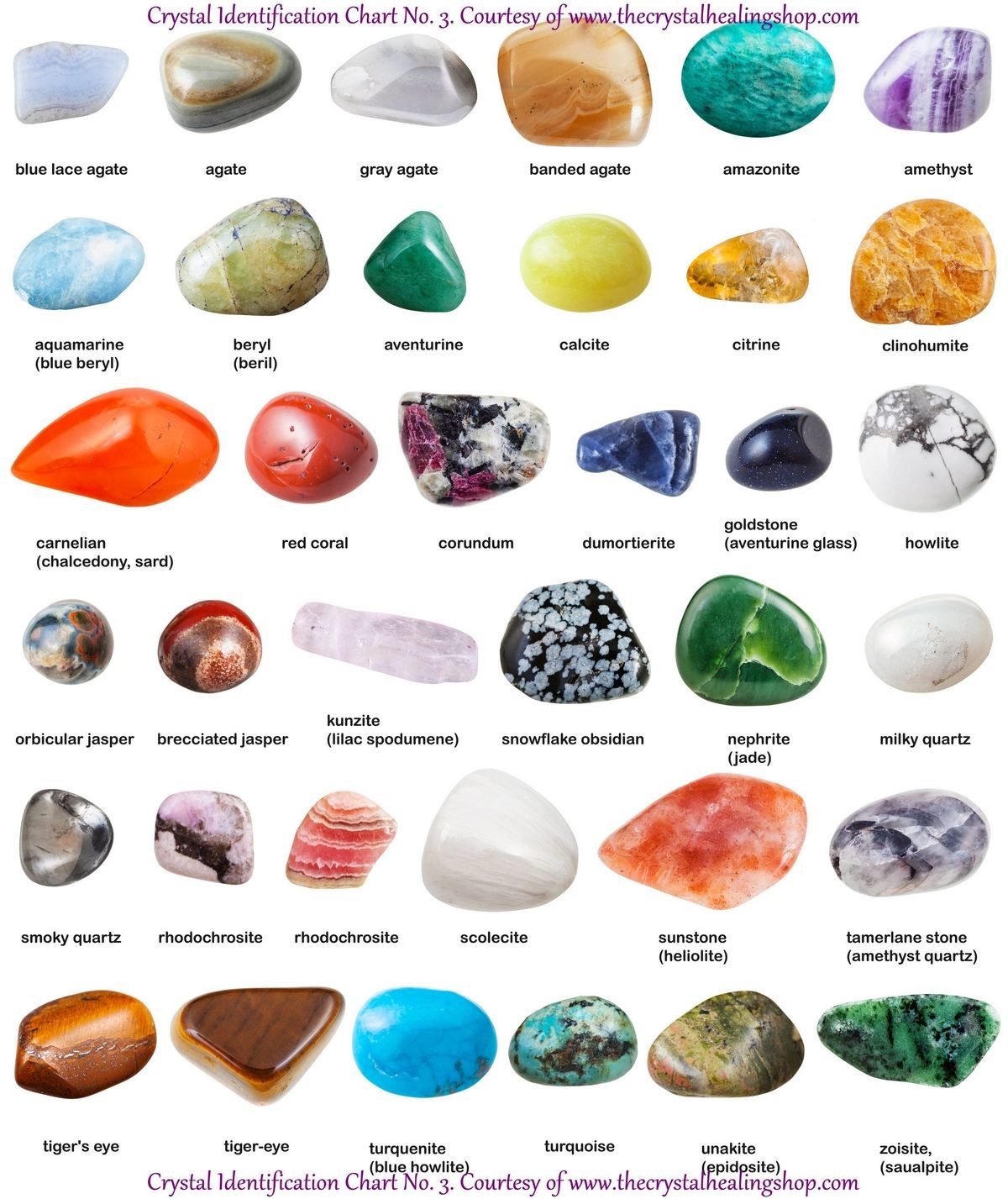
Can Crystals Form in Your Eyes?
These deposits can impact vision and cause other symptoms.
What is cystinosis?
Cystinosis is a rare inherited disorder that affects the body’s ability to process the amino acid cystine. Cystine is a protein-building block found in all cells. It can accumulate in various cells throughout the body, including the eyes. The accumulation of cystine can lead to serious health problems. The needle-shaped cystine crystals are typically found in the cornea, resembling shards of glass.
There are different types of cystinosis:
- Infantile nephropathic cystinosis: The most severe type, characterized by the buildup of cystine in the kidneys and other organs.
- Intermediate cystinosis: A milder form that may not cause significant kidney damage.
- Adult cystinosis: The mildest form, primarily affecting the eyes with crystals appearing in the cornea.
Treatment for cystinosis involves medication to remove excess cystine from the body and prevent kidney damage. Other medications may be necessary to manage additional symptoms and complications.
Where do crystals accumulate in the eyes?
Crystals typically accumulate in the cornea, lens, and vitreous of the eye.
- Cornea: Crystals can cause a condition known as crystalline keratopathy, resulting in vision problems and eye irritation.
- Lens: Crystalline deposits can form cataracts, which can impair vision, especially in low light conditions.
- Vitreous: Crystalline deposits in the vitreous appear as dots, strands, or cobwebs in the field of vision but do not usually cause serious vision issues.
What are the components of eye crystals?
Eye crystals can be made of various substances, depending on the underlying cause of their formation.
Some common substances that can form crystals in the eyes are:
- Cystine: Crystals can form in people with cystinosis, which is an inherited disorder characterized by the accumulation of cystine in cells.
- Calcium: Certain medical conditions or medications can cause calcium crystals to form in the cornea and vitreous, affecting vision.
- Other substances: Crystals can also form due to certain medications, infections, inflammation, or other conditions.
What are the symptoms of eye crystals?
The symptoms of eye crystals can vary depending on the cause and location of the crystals.
Common symptoms associated with eye crystals include:
- Vision problems: Crystals in the cornea or lens can lead to blurriness, difficulty seeing in low light, and other issues. Crystals in the vitreous may cause small dots or strands in the field of vision without significant vision problems.
- Eye irritation: Crystals in the cornea can cause dryness, redness, and light sensitivity.
- Kidney problems: Crystals in the kidneys may result in excessive thirst, frequent urination, poor growth, and weight gain issues in children.
- Muscle weakness: Crystals in the muscles can lead to muscle weakness.
How do eye crystals affect eye health?
Eye crystals can have various effects on eye health, depending on the cause and location of the crystals.
Common effects of eye crystals include:
- Vision problems: Crystals in the cornea, lens, or vitreous can cause vision problems such as blurriness, difficulty seeing at night or in low light, glare, halos around lights, or double vision.
- Eye irritation: Crystals can cause eye irritation, dryness, redness, and sensitivity to light.
- Risk of infection: Damage to the cornea caused by crystals can increase the risk of infection as the cornea is a protective barrier.
- Damage to the cornea: Crystalline keratopathy can cause scarring and damage to the cornea, impacting vision and increasing infection risk.
How are eye crystals diagnosed?
An eye doctor can diagnose eye crystals through a thorough examination of the eye. Tests such as slit lamp examination, refraction test, visual acuity test, tonometry, and fundus examination may be performed. Additional imaging tests can confirm the diagnosis and determine the underlying cause.
What are the treatment options for eye crystals?
Treatment options for eye crystals depend on the cause and location of the crystals.
Common treatment options for eye crystals include:
- Medications: Artificial tears and topical cysteamine drops can manage symptoms and reduce corneal deposits.
- Surgery: In some cases, surgery may be necessary to remove crystals, such as cataract surgery or corneal surgery. Retinal transplant is an option for severe cystinosis.
- Regular monitoring: Ongoing check-ups are important to monitor crystal progression and any changes in vision.


